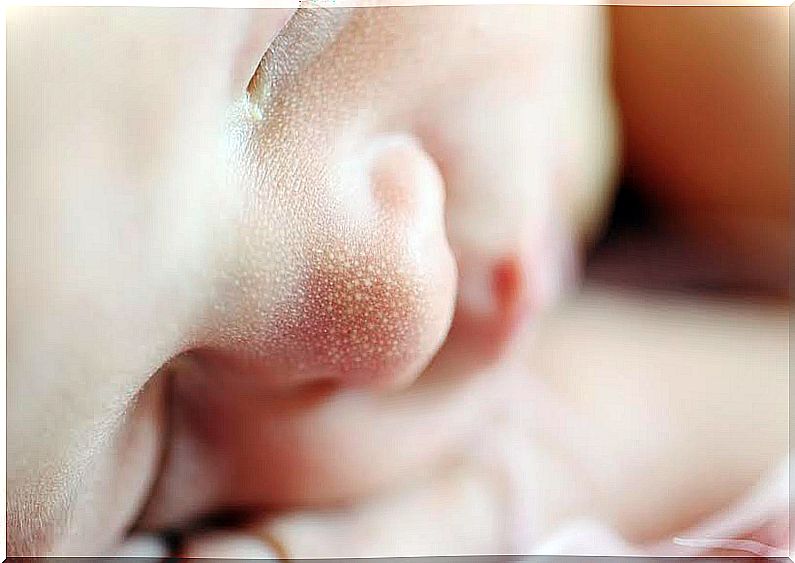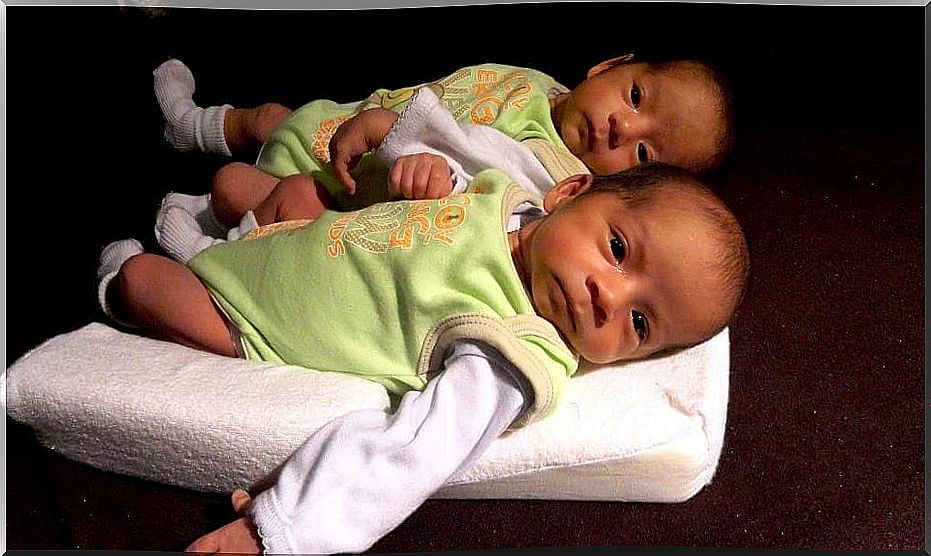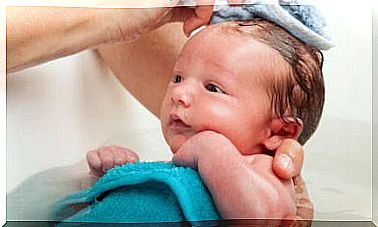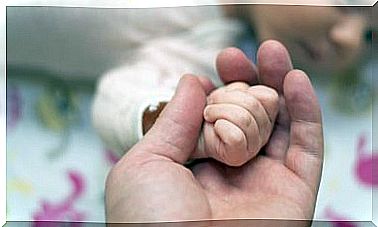Why Are Embryos Reabsorbed?

Inside the womb, other processes are carried out that have not been able to be deciphered in detail by science. One of them is embryo reabsorption. Join us to discover what it is about.
To begin with, it is essential to point out that embryo reabsorption consists in the interruption or evanescence of embryonic development when there is a multiple pregnancy.
When this happens, one of the embryos disappears without apparent cause, while another can complete its development without difficulty until the day of birth of being a multiple pregnancy.
On some occasions, a single pregnancy could be a multiple gestation during the first trimester, but if the reabsorption of one of the embryos occurs, then only one fetus develops.
Experts say that even more of the pregnancies we imagine could have started with multiple embryos.
If the first ultrasound was performed after the 12th week of gestation, it is possible that the resorption of an embryo has gone unnoticed by both the doctor and the pregnant woman.
Approximately 60% of twin pregnancy cases have embryonic resorption
Ricardo Gómez Betancourt, a Puerto Rican obstetrician doctor, indicates that in approximately 60% of twin pregnancies diagnosed early, one of the embryos may be reabsorbed before reaching 12 weeks of gestation.
This figure puts the focus on the possibility that there are actually more cases in which embryo resorption occurs, but this is difficult to determine because many women realize that they are pregnant after reaching the first trimester.
In the case of dizygotic twin pregnancies (which are the product of the fertilization of two ovules in which each embryo has its amniotic sac and placenta separately), the reabsorption of the embryo occurs in at least 21% of cases.
These high figures do not cease to surprise the medical community and parents, because statistics show the frequency with which this phenomenon occurs, which is also known as the evanescent twin.
What does the embryo reabsorb?

The truth is that the embryo can be absorbed by the mother, by the placenta or by another embryo that has more force in its development and is the one that, in fact, ends up giving birth.
Scientists say that many of us share the womb with a brother who did not finish developing, because he was absorbed by our mother or by ourselves.
There are those who have even dared to ensure that it is possible that this absorption occurs in the middle of a hostile environment within the uterus that poses a threat to pregnancy, so nature sacrifices one of the embryos to guarantee the optimal development of the other.
When is embryo resorption diagnosed?
Usually women undergo a rigorous ultrasound at three months of gestation, that is, after week 12.
This happens so as not to create false expectations regarding the development of a multiple pregnancy.
It is essential to clarify that resorption is considered to be the evanescence of an embryo before the 10th week is completed, after this phase in which the embryo becomes a fetus, if its development is interrupted then it should be spoken of fetal death.
Before week 10, we speak of embryonic reabsorption, after which fetal death must be considered.
4D ultrasounds have made it possible to verify what was previously a suspicion. Thanks to technology, doctors have witnessed how on many occasions the number of developing fetuses in the uterus does not correspond to the number of gestational spaces.
In other words, after absorption, the space in which the disappearing embryo was developing remains empty, and will gradually shrink as the other fetuses grow and this space is completely absorbed by the uterine walls.
Possible causes of embryo reabsorption

Scientists believe that this phenomenon can be caused as a consequence of an irregularity at the chromosome level.
It can also be due to the inability of the placenta to provide everything that embryos need to develop and become fetuses.
The existence of more than one embryo can be understood by the uterus and the placenta as an overload that is difficult to deal with, for this reason it is that perhaps only the strongest embryo can develop and pass the phase from week 8 to 12 , where it already becomes a fetus.
Surely we mothers are surprised to know the statistics and possible causes of embryo reabsorption, and it is possible that we insistently ask ourselves if we were also able to harbor an embryo in our womb that we were not aware of.
The important thing is that if you suspect that you are pregnant you go to the doctor from the first moment, only then can you have a clearer perspective of everything that happens inside your belly.









